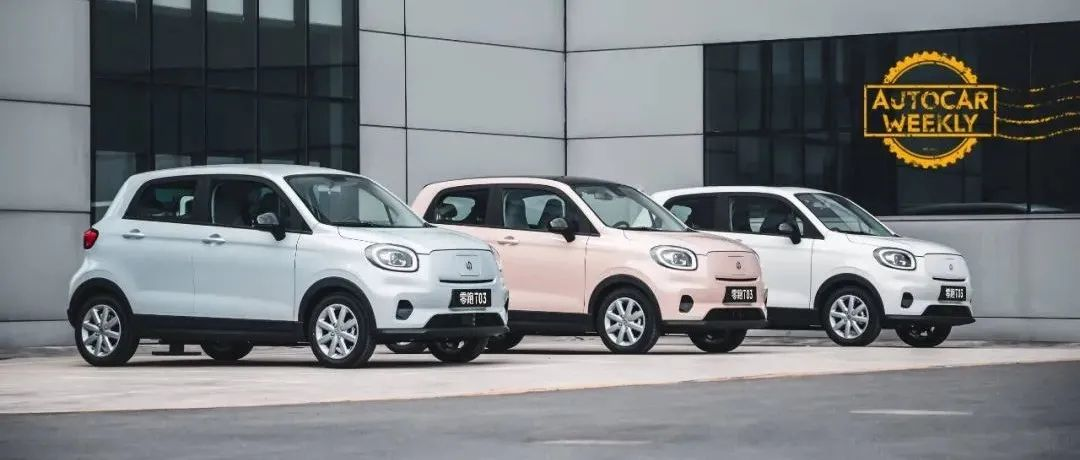*This article is reproduced from the autocarweekly WeChat official account
Author: Karakush
Mr. and Mrs. Wang (Li-ONE Community User @Wang Xiaohai) bought an electric car and drove it around China six months later.
The first lap started in Luohu, Shenzhen, and passed through the Jingchu Central Plains, then reached Erlianhot in Inner Mongolia, and finally returned to Shenzhen through Jiangsu and Hebei, covering the north and south of China for a round trip of 8,000 kilometers. They just went for it. The plan was like this:

After coming back, they didn’t stay idle for long. Without finishing the travel notes, Mr. and Mrs. Wang started the second lap, entering Tibet via National Highway 318, crossing Ali to southern Xinjiang, turning right to Gansu, and surrounding the northwest.
Intuitively, you may think that this couple is extravagant: dressing up and traveling, spending 10 days or even a whole month on each trip. They must be driving a professional five/six-seater SUV to go off-road, enjoying the scenery, living a five-star life, measuring the vast land of China with cups of wild coffee without ever stopping or getting tired. Their life seems to be beyond ordinary people’s reach.
However, it doesn’t seem quite right.
Heading north to Inner Mongolia, they only prepared RMB 20,000 in total, packed camping equipment, necessary supplies, and charging cables before setting off. In the end, they spent just over RMB 10,000, “less than the price of a drone”. They saved a lot on accommodation since they often camped in half a tent or slept in the car, which was less than half the cost of the highway toll.
They were not driving an electric car with a range of over 1,000 km that runs on gasoline or one that can be recharged with a single phone call in case of emergency, nor a six-seater with a four- or five-meter body, and certainly not an SUV.
Instead, they were driving an ordinary small Li-ONE vehicle. It is not the high-performance SUV Li-ONE C11 that was released last year but the alloy bullet Li-ONE T03 which costs only 75,800 yuan.
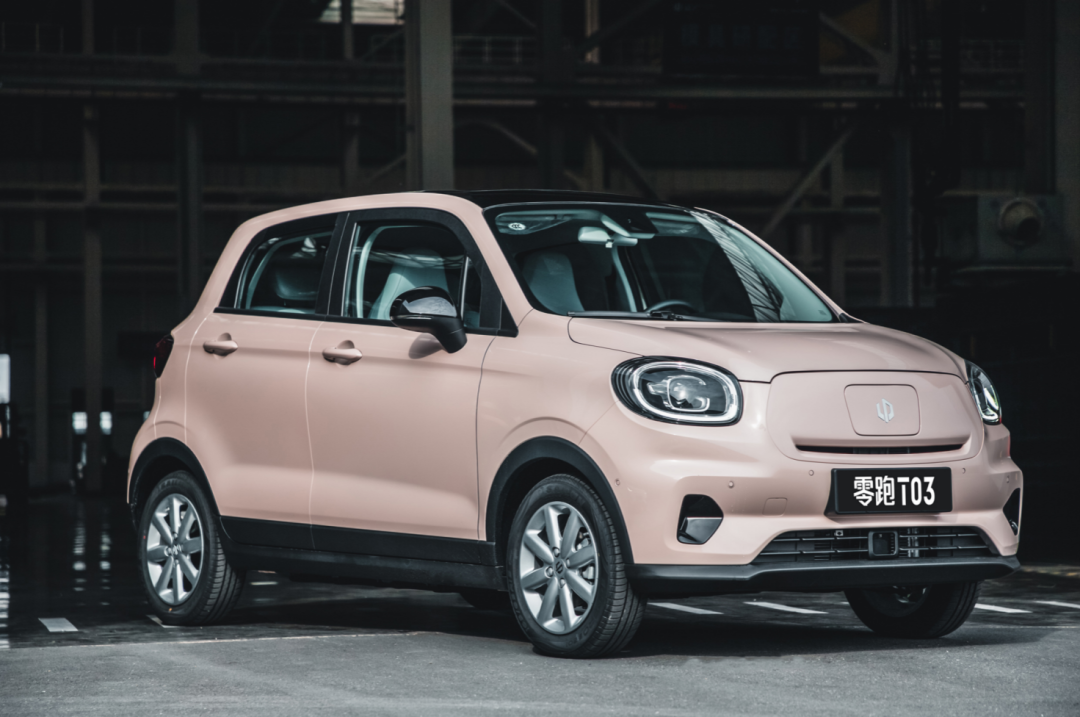
It was the same car that drove on the grasslands and national highways, and even passed through unmanned areas without refueling stations, let alone charging stations. Can Li-ONE T03 handle such a difficult road? Even a Toyota Prado would cry “magic”.
Ultimate Grocery Shopping
After all, a car like Li-ONE T03 seems to be designed for grocery shopping.
Mr. Wang initially bought it as a grocery car, and many other users probably had the same idea. But, after using Li-ONE T03, they found that its grocery shopping capabilities are not comparable to those of an ordinary grocery car.One, it has complete power performance, capable of running outside the comfortable city circle, reaching highways, crossing provinces for shopping and harvesting flowers, and traveling thousands of miles. The NEDC-rated range is 403 km, which can even maintain an actual range of over 300 km in adverse weather conditions of the extreme northwest such as windshields icing over after a while in October, supporting a day’s driving.
Without a certain range basis, it is impossible to travel to Tibet by foot. Laowang wrote that there were no charging stations along the way in the Ali area, the westernmost part of Tibet. They had to travel and recharge overnight, and after reaching Duoma Township, there was a plus 350 km no man’s land without even a gas station. The only way to ensure power was to rely on the vehicle-mounted charging gun.
The T03’s energy recovery system is practical, which can increase the range by 15%-25% under most conditions through single-pedal control. When leaving the Qinghai-Tibet Plateau, they ran nearly 500 km beyond their declared range, and there were only 30 km left halfway. Fortunately, they met an enthusiastic villager who helped them with dragging and charging. With a 60 km drag, they extended their range by 200 km.
Onlookers on the internet exclaimed that they had never seen such an impressive operation. However, generating power with love also requires technical support.
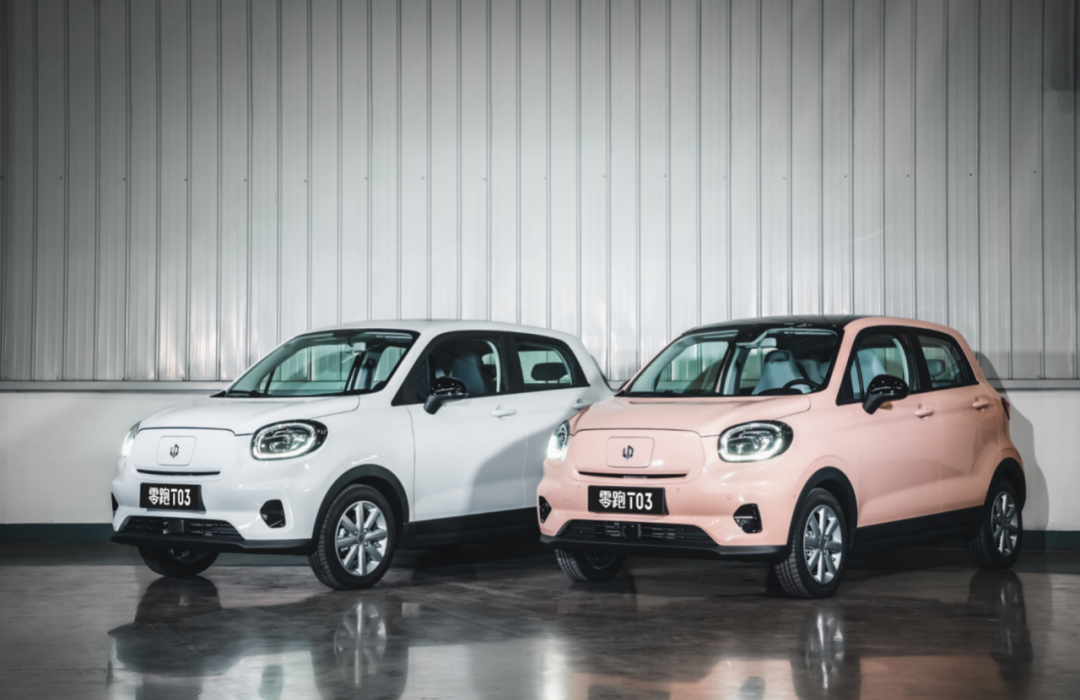
Two, it is safe, providing not only complete safety airbags but also psychological safety for long-distance trips. If Laowang couple is an exceptional case of daring and artistry, there are many punk players of T03 under the #Find Zero Run Self-drive Travel Officer# tag in Zeropark APP’s community.
For example, @Beard on Northbound Road, who plans to travel from Haikou to Mohe Village in a month and a half, has traveled more than 8,000 km to Changchun, but had to stop driving due to the Harbin epidemic and switch to a train for continuation. For example, @Xiaohua, who set out from Guangzhou and traveled along the national highway to Lhasa, drove 5700 km in 17 days.
With a Xiaomi mobile phone, they dare to monopolize state banquets. In addition to their psychologically resilient nature, their camping gear is also impressive.
The T03 has some long-distance confidence. It comes with the Leap Pilot intelligent driving assistance package, which includes not only commonly used abbreviations (FCW, AEB, LKA, LDW, etc.) but also ACC adaptive cruise control system, a major highlight among cars costing less than 100,000 yuan. Especially for long-distance driving of several hundred kilometers every day, the automatic following car feature can help people relax their hands and feet slightly, which is simply a humanitarian function.
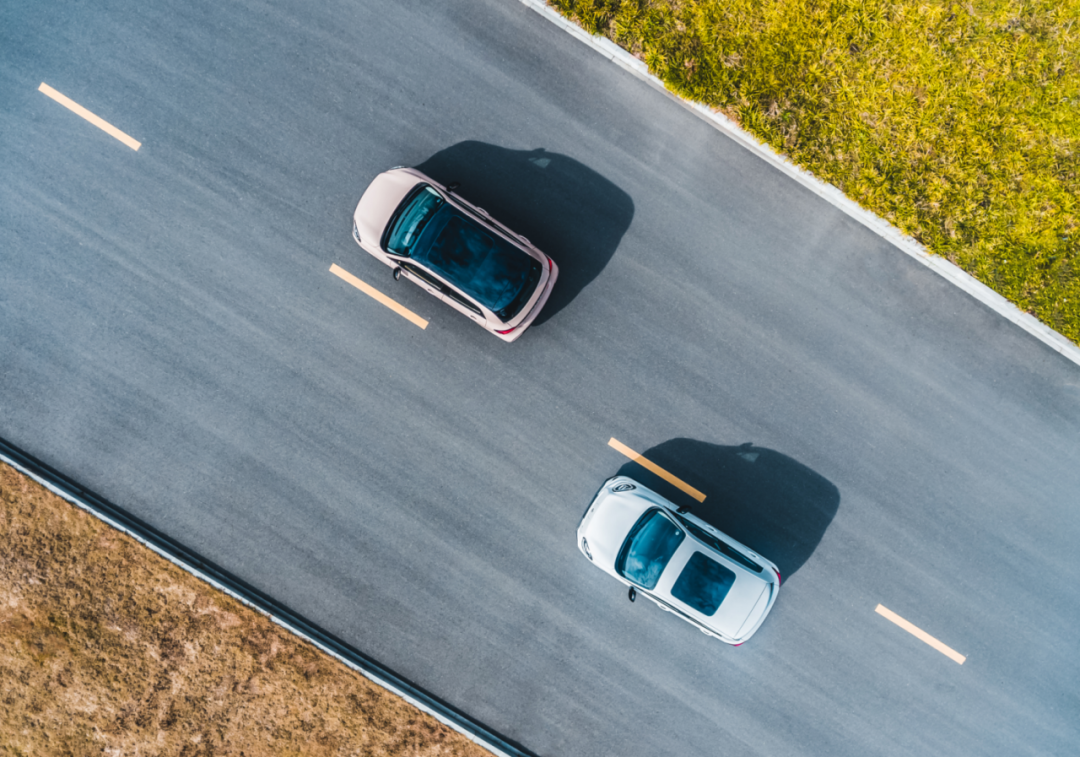 In addition, LSF low-speed follow and APS intelligent parking are available for urban scenarios, making daily grocery shopping easier and more affordable. It’s worth noting that the LI ONE T03 is one of the few products priced under 100,000 yuan that has one-click auto-parking functionality.
In addition, LSF low-speed follow and APS intelligent parking are available for urban scenarios, making daily grocery shopping easier and more affordable. It’s worth noting that the LI ONE T03 is one of the few products priced under 100,000 yuan that has one-click auto-parking functionality.
Furthermore, it can entertain you, not leaving you feeling bored and lonely. The center console is equipped with a 10.1-inch HD touch screen, which can be linked with the LCD instrument panel to switch between navigation and music screens. Virtual interactive staff “Xiao Ling” provides an intelligent voice interaction system so you can listen to music, chat, use the “Tuji” feature to take photos of your trip, and enjoy solo travel as if you were with company.
This small car is not limited to the stereotype of just being a grocery car for the city or only being able to listen to basic FM radio. This is a high-end intelligent small car, designed with sophistication and innovation.
The stereotype of grocery cars being under-equipped and low-quality is due to many years of historical burden as well as limitations in production costs, which make producing high-end grocery cars difficult. With small cargo capacity, limited battery capacity, and only being able to travel up to 300-400km, even basic grocery vehicles are already costly. Thus, high-end advanced features and configurations are often out of reach.
However, LI ONE T03 is not the same. In terms of quality, it is almost the highest in terms of configuration and sophistication among the products priced under 100,000 yuan, or even comparable to models that are more expensive. This is due to the high level of independent research and development that helps control costs.
For example, the ACC technology used to reduce risk is becoming widely available at lower costs over recent years, but the basic technology for this still hovers around 100,000-120,000 yuan. L2 ADAS capabilities such as this require high independent research and development costs, which have little impact on consumer choice. Therefore, many companies directly look to suppliers to provide this technology. Independent brand vehicle developers usually rely on mainland China, Bosch, and Autoliv. As the supplier competition becomes more widespread, the relative cost becomes more stable.
LI ONE T03, however, has addressed the cost structure issue via independent research and development. LI began life as a manufacturer of security systems, so they have already independently implemented their perception hardware by installing 15 high-precision sensors, including three cameras (one monocular, one parking, and one facial recognition), a millimeter-wave radar, and 11 ultrasonic radars in a small segment of the vehicle. This technology supports ten L2-level functions and OTA upgrade.
Currently, LI has independent research and development capabilities in software systems such as intelligent driving algorithms and platform architecture, as well as electric drive systems. They are also able to apply additional higher-end configurations, such as the four-wheel disc brakes, which provide shorter and more stable braking distances for LI ONE T03.We can ask one more question, why do small cars also need to be smart and advanced? Some friends believe that people’s consumption expectations for small cars are not high, and the priority mission is to solve the basic transportation needs with the least amount of money, so everything else is considered redundant and should be abandoned. This compromise seems to solve the justifiable needs from the user’s perspective, but in essence, it is a pseudo-product thinking that just hides the fact that “we can’t do it”.
For the category of smart electric vehicles, intelligence, reliability, convenience, and multifunctionality should not be distinguished by the size of the car model.
Size only reflects one aspect of personal needs. Am I a single person who occasionally wants to be a “follower”, or do I have two dogs to take care of and need to live with multiple generations under one roof? Do I prefer to be flexible or show off when traveling? Do I want to be cute and invincible or massive and majestic?
However, size should not determine whether it is suitable for intelligence enhancement, whether it is suitable for rural network connections, or whether it is suitable for using technology to enhance the sense of security. Intelligence deserves to be gradually given to all car models as the basis for travel, and it is also worth being expected by all consumers, whether you can afford 300,000 or just enough for 70,000 or 80,000. This equal cognitive recognition of the intelligence of cars is also something that Leapmotor is putting into practice.
In fact, Leapmotor has already run the logic of T03’s high-end intelligent small car with market performance. Although according to traditional grading, Leapmotor T03 is not cheap among the same level of cars and there are many choices that are half-price competitors. However, consumers identify with the return on investment.
Last year, Leapmotor T03 accumulated more than 50,000 orders throughout the year, nearly 40,000 deliveries to households, and the monthly delivery volume gradually stabilized at 5,000 units. It ranks seventh in the best-selling ranking of new energy vehicles, and the ranking has improved over time.
A Counterattack that Was not Regarded as Hopeful
Today, more and more users are voting with their feet, proving that Leapmotor’s concept is correct and self-research is valuable. We also see more and more electric cars under 100,000 yuan starting to make configuration attempts, allowing more “small” needs to match good products with intelligence and modernization. It can be said that this is a small car trend brought by Leapmotor T03, opening up a further segmentation in the subdivision of intelligent electric small cars.
If you look closely, there are almost no other electric small cars on the market that are more intelligent than it, nor are there any intelligent electric cars smaller than it. The Leapmotor T03 is at the forefront of the trend. Until the end of last year, the 2022 Leapmotor T03 was launched, with self-revolution and upgraded equipment.
The 2022 Leapmotor T03 has increased the maximum motor output power to 80kW, accelerating from 0 to 50km/h in 4 seconds. Many intelligent configurations have been upgraded to standard, and it is equipped with the latest ESC body stability control and 15-inch aluminum wheels, with a price capped at just over 80,000.This further solidifies the product strength of Leapmotor T03 and better establishes its foothold in the market.
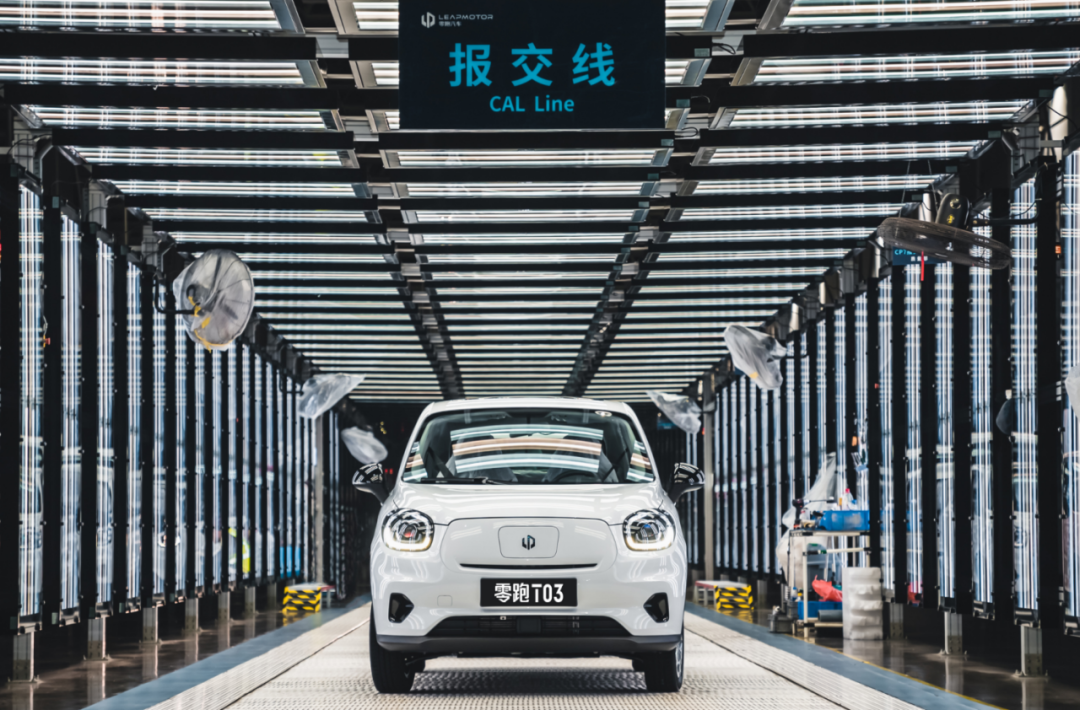
In 2020, Leapmotor T03 was first launched on the market. It was considered a dividend model that followed the surge of pure electric vehicles in the market. At that time, it was Leapmotor’s self-rescue plan to turn the tide of failure. Looking back today, it successfully helped Leapmotor to move from a marginal new brand to the mainstream threshold, achieving its phased mission. At the same time, it also increasingly reflects long-term value.
Compared with its peers, it has very strong scenario generalization ability, which can break through the usage bottleneck of peer models and thus has more diverse market prospects and longer-term sustainability, leaving more imagination space for the segmented market. The high urbanization determines that small cars will be the mainstream solution for future mobility. Betting on small car products and markets is a strategic vision.
As the product continues to iterate, the high-end attributes and intelligent capabilities that Leapmotor T03 preemptively laid out will gradually show their advantages in the increasingly intensified future segmented competition.
Leapmotor T03’s struggle trajectory can represent Leapmotor’s enterprise trajectory and corporate spirit. Starting from scratch, it is not favored but still continues to fight, constantly innovate technology, seize the opportunity of overtaking in a bend, and master the core technology in its own hands, in order to gain true freedom.
Not being favored is due to lack of understanding. From Leapmotor T03 to the later technology leader Leapmotor C11, the world is getting to know Leapmotor. As long as it continues to fight, it is a fighter of destiny rather than a loser, and there will always be a chance to race to the leading position.
This article is a translation by ChatGPT of a Chinese report from 42HOW. If you have any questions about it, please email bd@42how.com.
